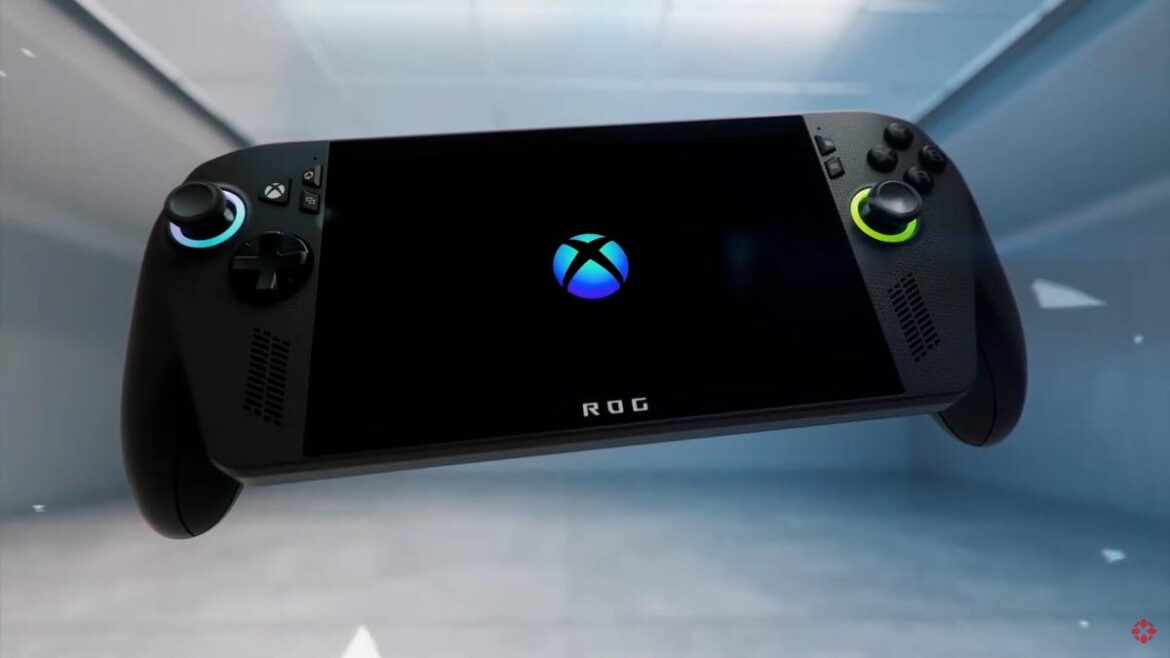Ananta, whether it ends up being a good game or not, is clearly a confident one. You have to be brave to so blatantly, we’ll say, borrow from so many different games. Like many anime-esque games of its ilk, it will live and die by its characters (which, by the way, you won’t have to gacha roll for), of which it seems to have in spades judging from that first gameplay trailer. These characters will all play differently too, and according to Ananta’s producer Ash Qi, the dev team wants you to think of them like Avengers members. Comparing your new thing to an older, widely loved thing is always a safe move!
Speaking to GamesRadar, Qi said he believes “many of the characters in the game could be protagonists in their own game.” Qi went on to explain that they’re “trying to create a big storyline that will evolve, giving the characters focus, which will add new characters and new cities to explore. Take Marvel as an example; there are many different heroes and champions in The Avengers.
“However, characters like Captain America and Spider-Man have their own storylines, separate from the larger plot, and they are the protagonists of their own stories, each with their unique missions.” Qi goes on to note that this approach, of trying to make each character stand out, is their attempt of keeping them in focus – not to mention a feature they’re working on where several characters can all fight other enemies at once.
One point I do take slight umbrage with is that Qi also said the studio is trying to “achieve a design that feels unique compared to other RPG games.” Sure, there might not be many RPG games like this one, but there are even just some animations that seem uncomfortably similar to other games.
I still have my reservations about Ananta, but I’m still curious to find out how it actually shapes up… whenever that is.




